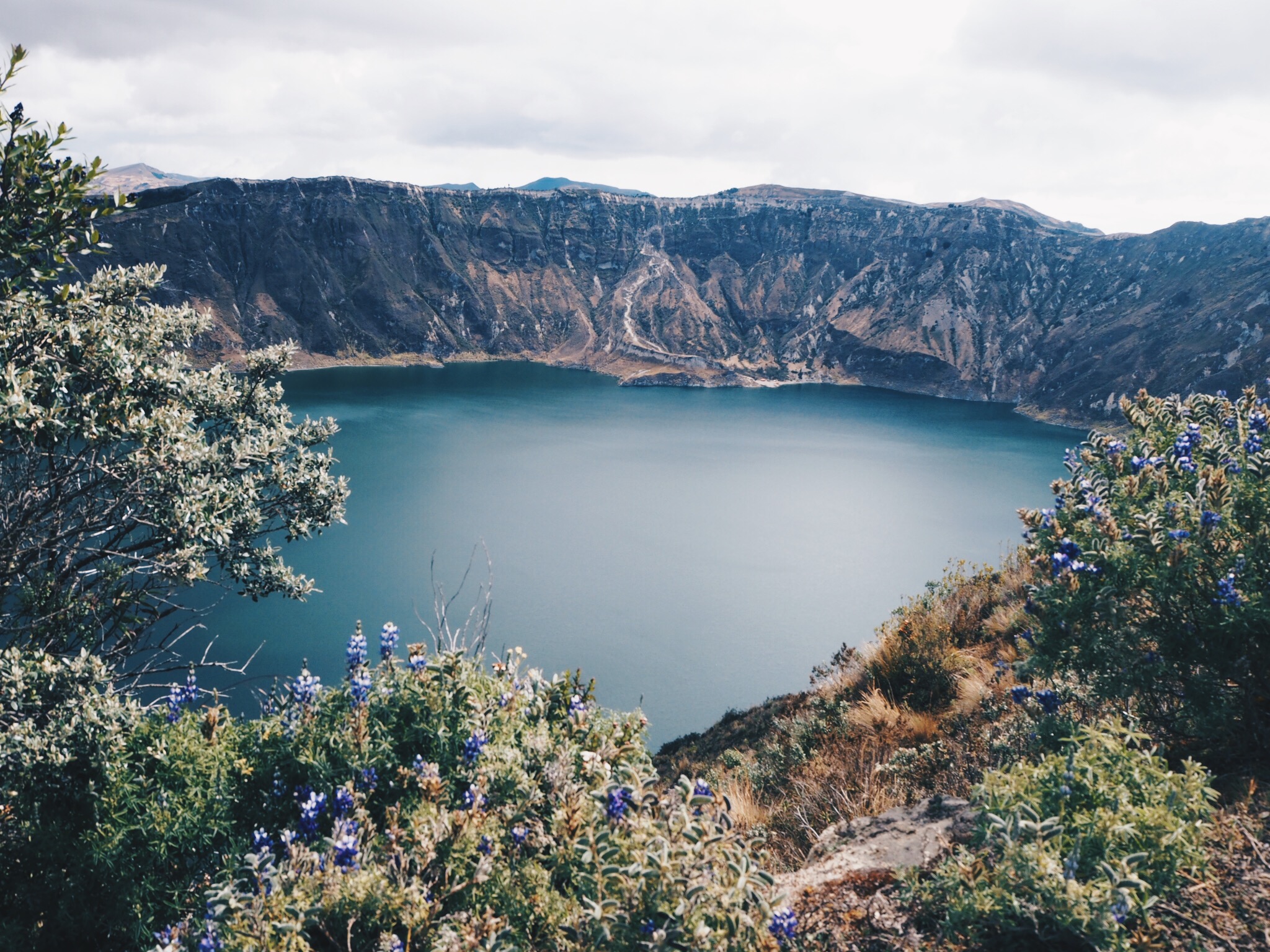Rainbow Mountain is quite a spectacular rock formation located about 3 hours outside of Cusco. The hike takes you to over 5000 meters above sea level, but it should still be manageable to climb even for people with little hiking experience. If you happen to find yourself in Cusco, a day trip to Rainbow Mountain is one I would highly recommend.

To climb or not to climb
I think I decided that I wanted to climb Rainbow Mountain the very first time I saw it in a picture. It just looked so cool, and I knew I needed to experience it for myself. It also didn’t hurt that this hike would take me to over 5000 meters above sea level for the first time, something I had wanted to accomplish for a while.
Me and my friends spent some time discussing whether it would be wise to take on a heavy hike so shortly before starting the Inca Trail. We were also worried that we wouldn’t get to see the infamous rainbow patterns, as there were a lot of snow in the mountains during the time we were there. I knew right away that I still wanted to do the hike, and I was happy when everyone else eventually decided to join.
A cold morning
As we arrived at the starting point of the hike it was freezing. We had left Cusco around 3 am and made a quick stop for breakfast, but it was still early and the surrounding mountains were very much covered in snow. Luckily the sun was also on the rise, and the weather predictions were promising. We snapped a quick group shot and got going.

The hike to Rainbow Mountain
The first part of the hike was lovely and fairly easy. The altitude called for heavy breaths and we had lots of breaks to drink some water and recover. I feel like I really benefitted from having spent a lot of time in high altitude already, as I was definitely amongst the ones that handled the thin air the best. The further along we got, the more our group stretched out. I teamed up with one of my friends, and together we claimed the lead.
The last part of the hike is truly exhausting, but I am a firm believer in pushing through without too many breaks. Once again this strategy worked wonders. Reaching the top as the first one from our group felt kind of amazing.

The eternity we spent admiring Rainbow Mountain
As we basically ran all the way up to reach the top as soon as possible, there was one thing we failed to realize. We now had to spend an awful lot of time waiting for the rest of the group to get up there. It is safe to say it was a long, cold wait.
When we first reached the top we were ecstatic. We were the only ones up there, and took in the surroundings while taking a million photos. Once we were done taking all the pictures and admiring the views from all angles, we eventually ran out of things to do. It was cold and windy, and I felt like the others couldn’t get up there fast enough. Eventually they started arriving, pair by pair, and we had our group shots taken as well.
We then started the descend; a leisurely hike amongst llamas and cute local villages.


What to wear when hiking Rainbow Mountain
This is a tricky one as the temperatures are ever-changing. I recommend wearing layers. That way you can dress up and down as you desire. I went from multiple layers, to a t-shirt, to multiple layers and a jacket during my hike in the end of October. A wind breaker comes in handy at the top, although I doubt that a lot of people stay up there for as long as I did.
Sunscreen is another must. You might not feel it, especially if it is windy, but the high altitude makes the sun really strong.
—








































































































